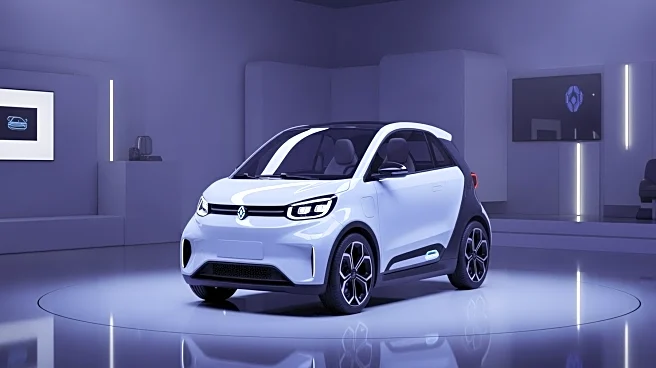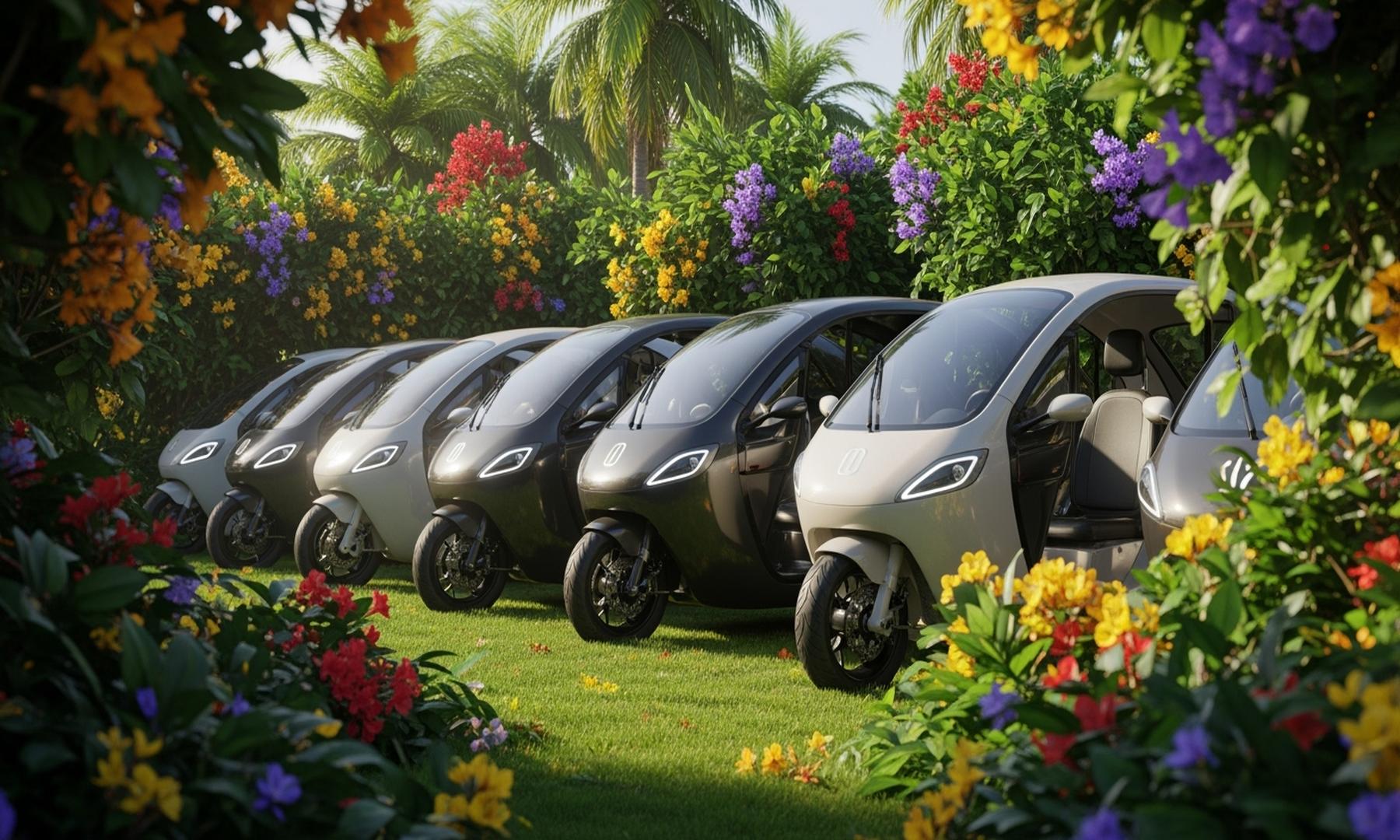What's Happening?
BYD, a Chinese automaker, is set to introduce its first electric kei car at the Tokyo Motor Show on October 29. This marks BYD's entry into a vehicle category traditionally dominated by Japanese brands. The kei car will be the first overseas-exclusive
model in BYD's lineup, highlighting the company's strategic expansion into new markets. Kei cars are small, efficient vehicles popular in Japan due to their compact size and economic benefits. BYD's move into this segment reflects its ambition to diversify its offerings and compete in international markets.
Why It's Important?
The introduction of BYD's electric kei car is significant as it represents the company's efforts to penetrate the Japanese automotive market, which is known for its stringent regulations and high consumer expectations. This move could potentially disrupt the local market, offering consumers more choices in the electric vehicle segment. It also underscores the growing trend of Chinese automakers expanding globally, challenging established players in various regions. For the U.S., this development highlights the increasing competition in the global automotive industry, particularly in the electric vehicle sector, which could influence market dynamics and consumer preferences.
What's Next?
BYD's debut at the Tokyo Motor Show could lead to increased interest and potential partnerships in Japan and other international markets. The success of this launch may encourage BYD to further expand its product offerings and explore additional overseas markets. Industry observers will be watching closely to see how Japanese consumers respond to BYD's entry into the kei car segment and whether this will lead to broader acceptance of Chinese automotive brands in Japan.
Beyond the Headlines
The launch of BYD's electric kei car could have broader implications for the automotive industry, including potential shifts in manufacturing practices and supply chain dynamics. As more automakers enter the electric vehicle market, there may be increased pressure on traditional manufacturers to innovate and adapt to changing consumer demands. Additionally, this development could influence regulatory policies related to electric vehicles and environmental standards in various countries.















